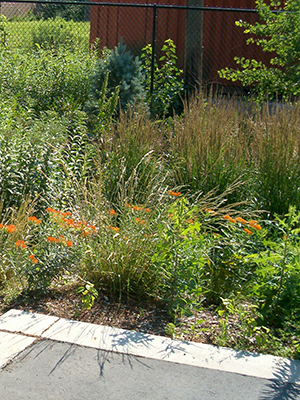April 22nd is Earth Day, and woodland owners are in a better position than most to make a difference. Here are ten projects you can do this Earth Day (or just about any day) to give back to nature.
April 22nd is Earth Day. It’s a day when we celebrate all the amazing things nature gives us, and when we think about what we can give back to nature.
Woodland owners are in a better position than most to make a difference this Earth Day. Because you own land, your actions mean a lot for the plants and animals who live on or visit your property.
With that in mind, we’ve combed through our activities and pulled out ten projects you can do this Earth Day (or just about any day) to give back to your land.

Perhaps no act is more symbolic of Earth Day than planting a tree. We have advice on not only how to plant a tree, but how to protect that tree so it has the best chance of growing into a healthy adult someday.
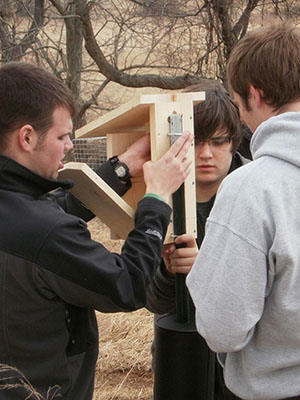
Eastern bluebirds face nest competition from non-native, invasive birds like house sparrows and starlings. As a result, bluebirds have become dependent on people to provide them with nest boxes so they can raise their young. If you have existing boxes, make sure to clean any debris out of them so birds can use them again.
3. Clean Your Best Management Practices
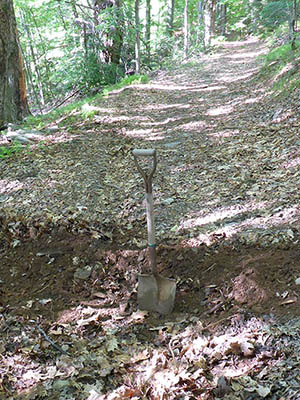
Best Management Practices, or BMPs, are simple devices installed on trails after timber harvests to help keep the trails stable and less likely to erode during storms. But BMPs can become less effective over time unless they’re maintained. Maintenance for the most common BMP, the waterbar, is simple and requires only hand tools.
Built areas on your land like a home or cabin can pollute streams through stormwater runoff, erosion, and added chemicals. A rain garden lets runoff seep slowly into the soil so the water is cleaner when it finally reaches a stream.
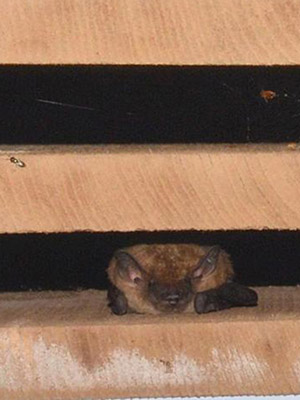
Bats freak out some people, but they’re remarkable creatures that can catch and eat hundreds of insects each night—great for reducing mosquito bites. You can give bats a safe, warm place to raise their young by hanging a bat box from your house or on a freestanding post.

Invasive insects like emerald ash borer have killed millions of trees in the US alone. The most common way these pests spread is when people move firewood over long distances. You can slow the spread of these insects by cutting your own firewood or buying it locally.
7. Find Out Which Invasive Plants You Have

In addition to having Earth Day in it, April is also Invasive Species Awareness Month. Earth Day is an ideal time to check your property for invasive plants, because many of them leaf out sooner than most native plants.
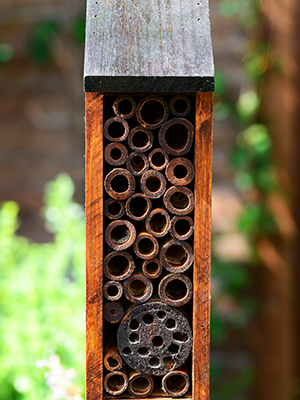
We depend on pollinators like bees for many of our crops, and plants in your woods depend on them to reproduce. These days bees are struggling due to pesticide use, loss of habitat, and diseases like Colony Collapse Disorder. A bee nesting house gives native bees, which don’t form hives and rarely sting, a place to raise their young.
9. Plant a Native Flower Garden

Bees aren’t the only pollinators in trouble. Butterflies are too. Give both sets of pollinators a helping hand by planting native flowers, shrubs, and trees in your garden and landscaping. Our resources will help you identify which plants could work for your garden and link you to native plant nurseries.
10. Learn about the Importance of Legacy Planning
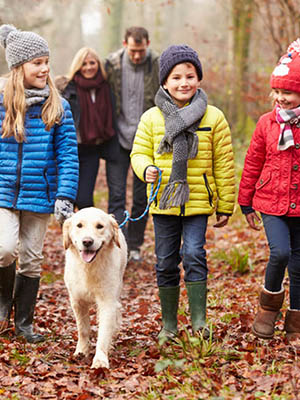
The essence of Earth Day is thinking about the environment not for one day, but for the future. Take some time this Earth Day to think about the future of your land. Who will take care of it when you’re no longer able to? Do you know the options for passing land from one generation to the next? Have you found an estate planner who can help guide the transition of your land from you to your heirs? Have you considered a conservation easement that could protect your land from future development? These are tough questions to think about, but they’re important for securing a healthy future for your land and all the life that depends on it.

